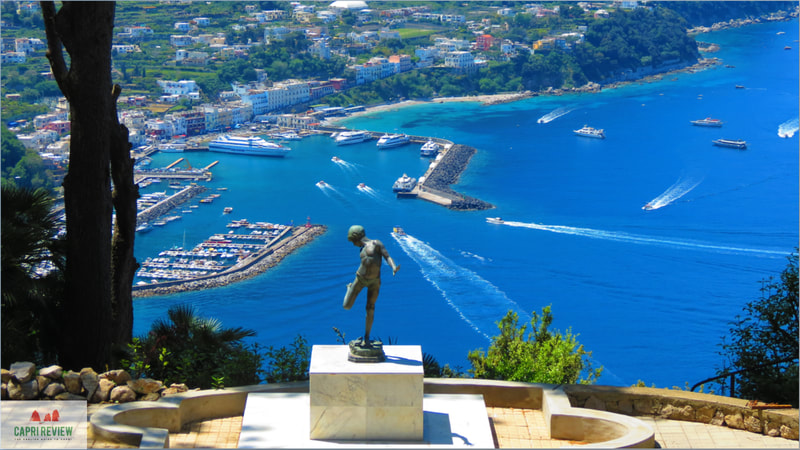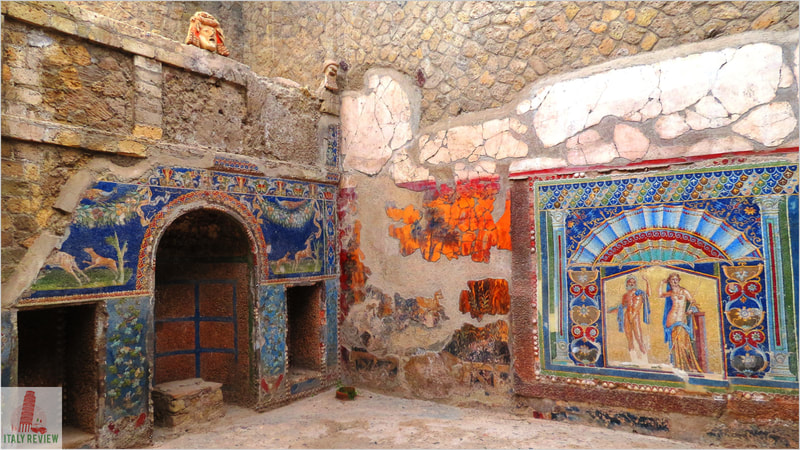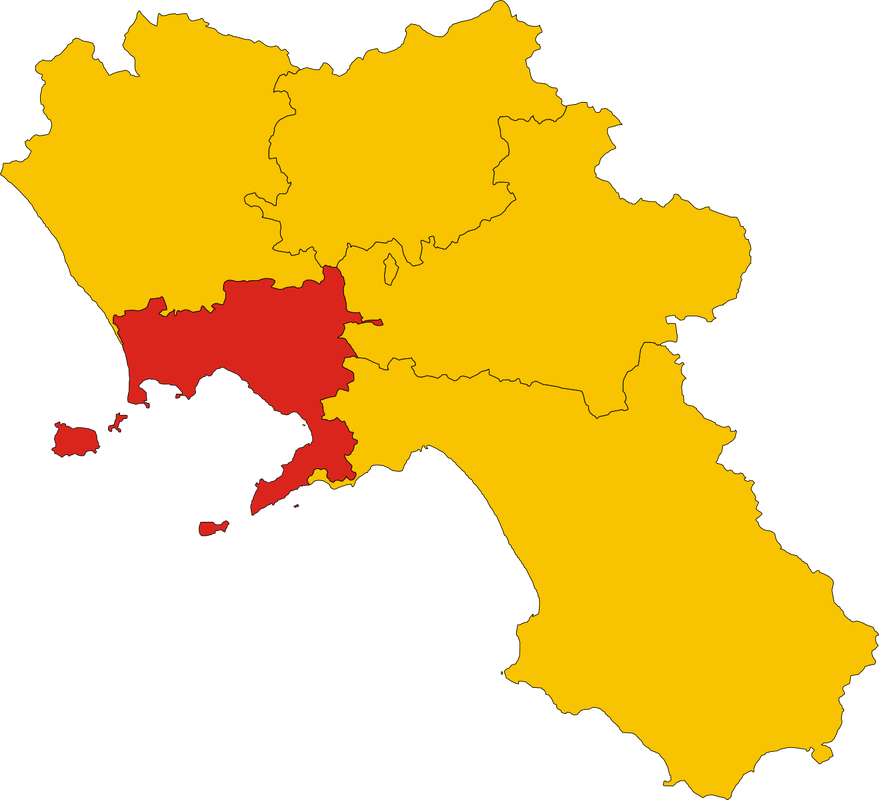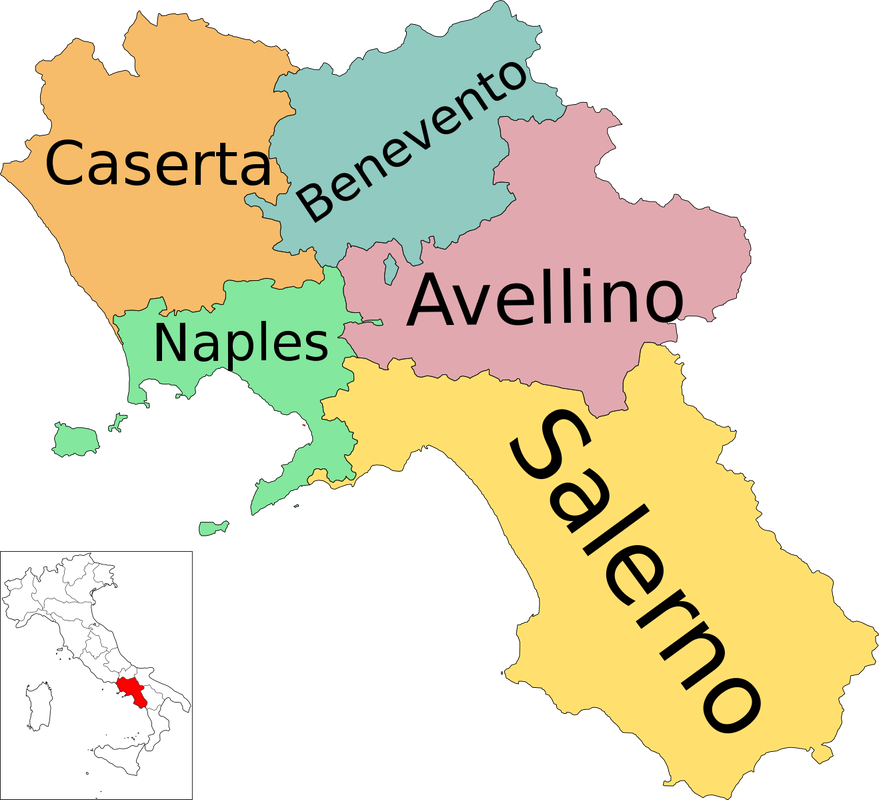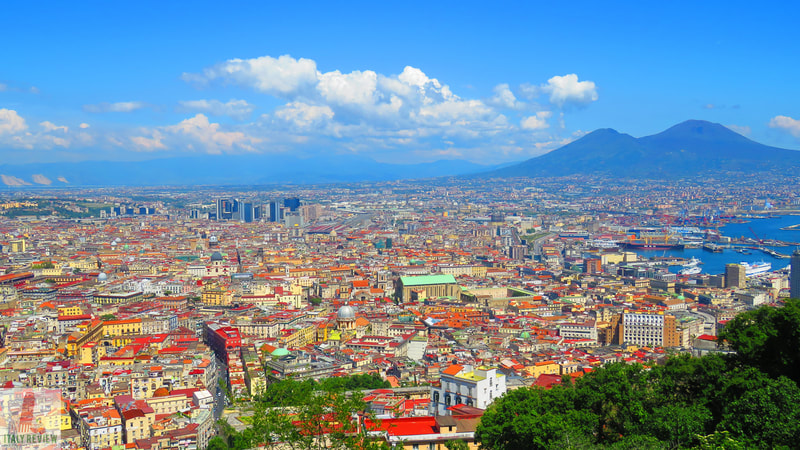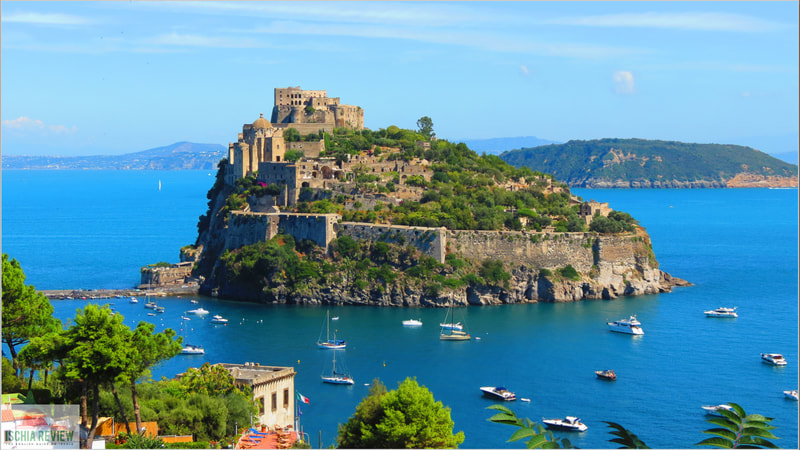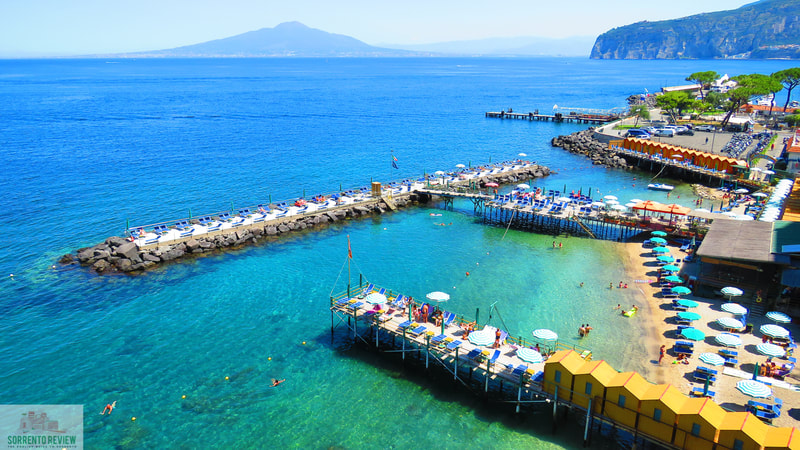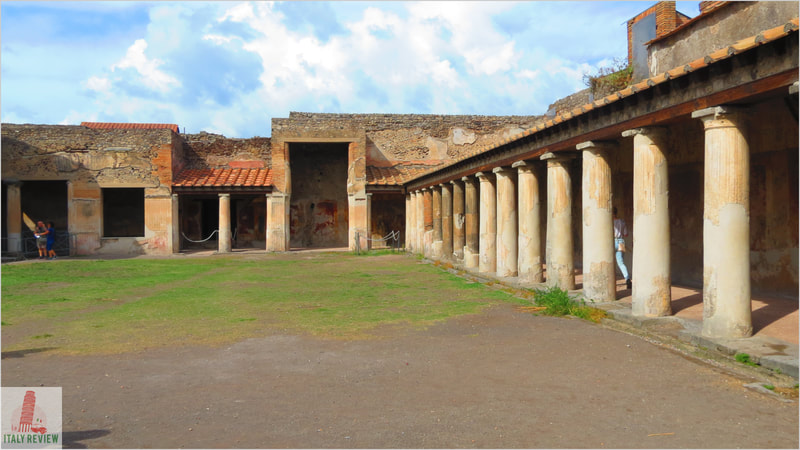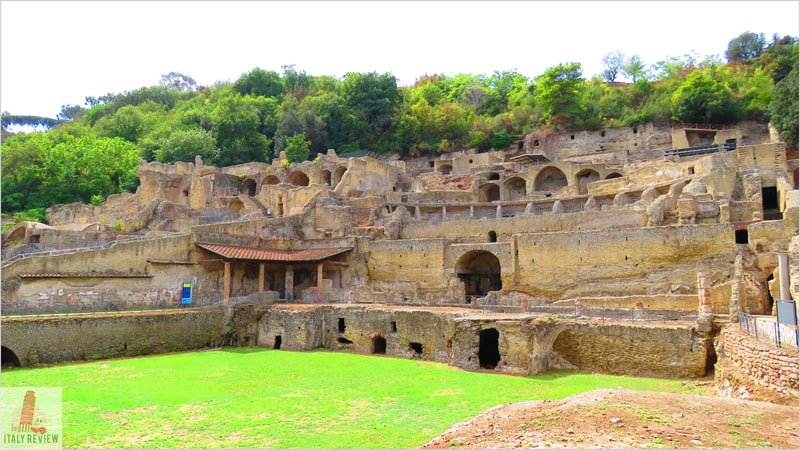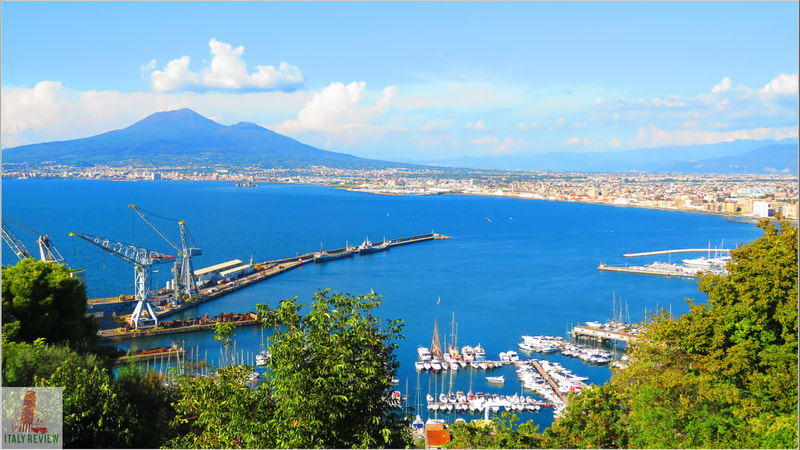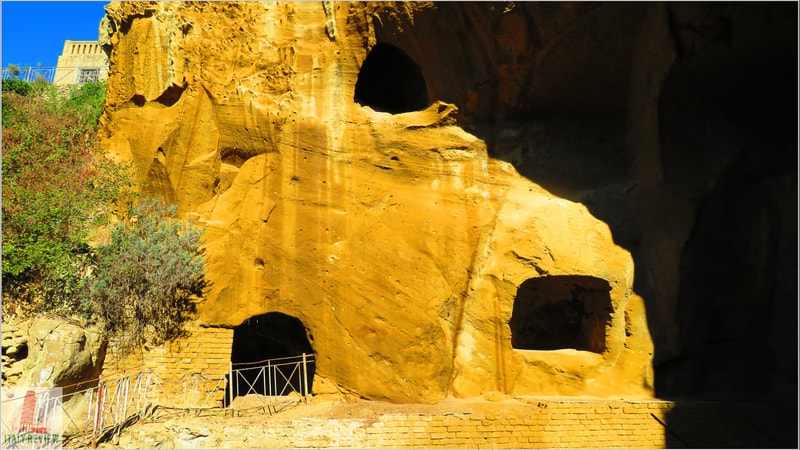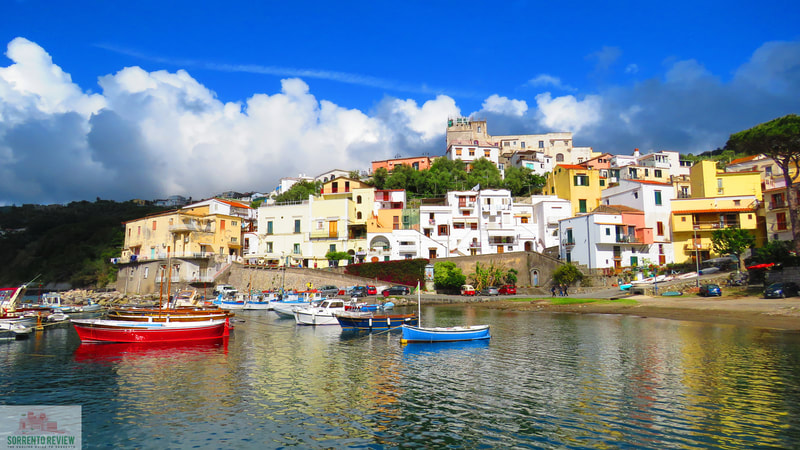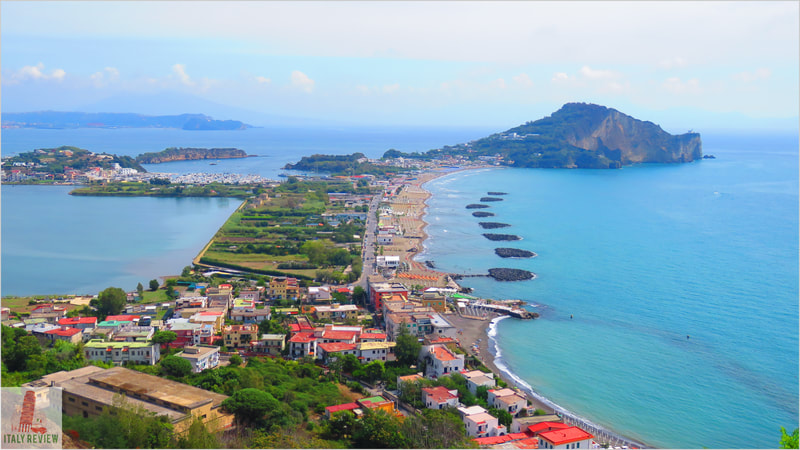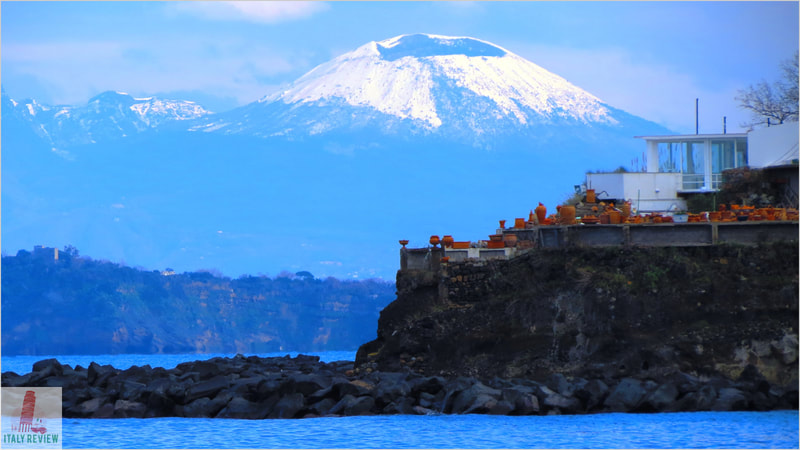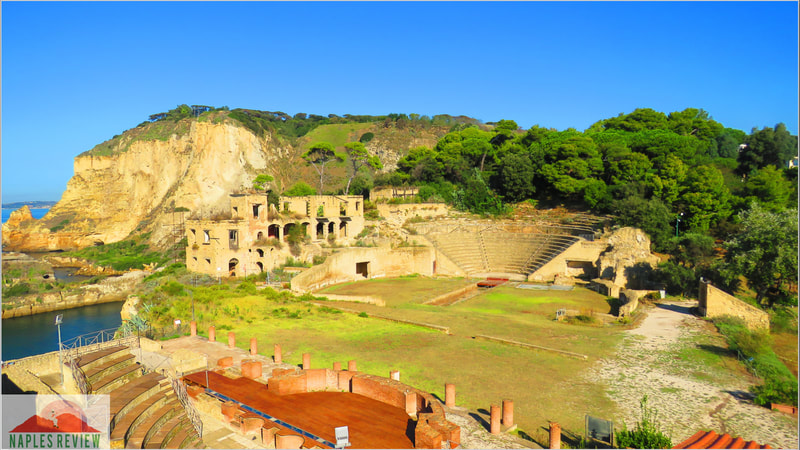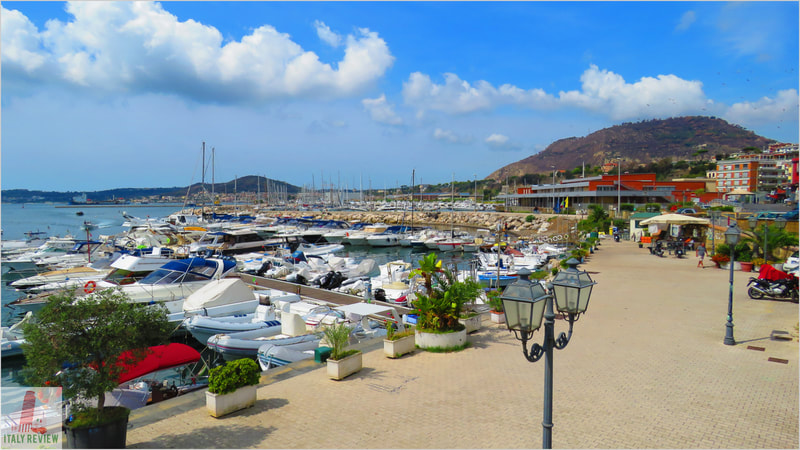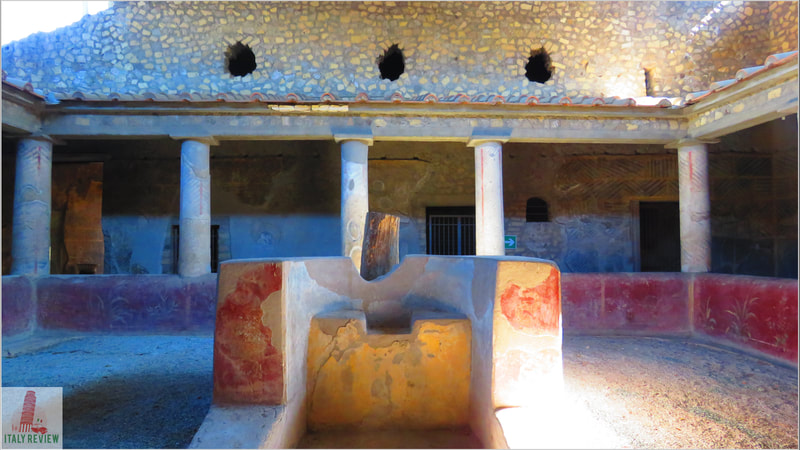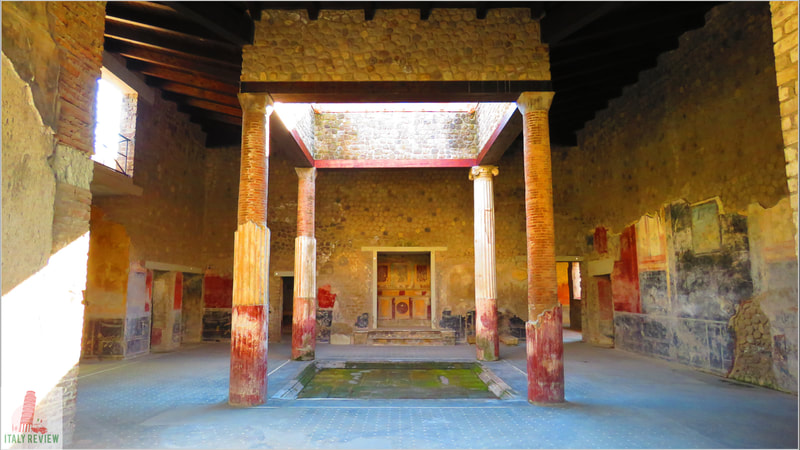Metropolitan City of Naples
|
By Dion Protani
|
Latest update: 22 November 2023
|
|
The Metropolitan City of Naples province occupies a total geographical area of 1,171 square kilometres, including the city of Naples itself, the provincial and regional capital of Campania.
Within the province there are 92 provincial towns, known as communes (comune singular or comuni plural in Italian), containing a total population of around three million inhabitants. |
Among the highlights in the province are the islands of Ischia, Capri and Procida as well as Sorrento, Pompeii and Herculaneum.
Related links
Profile
The Metropolitan City of Naples, located in the Campania region of southern Italy, is a fascinating area with a rich history and a wide range of attractions. It encompasses the city of Naples, the third-largest city in Italy, as well as numerous other towns and villages, each with its own unique charm and cultural heritage.
History
Naples is one of the oldest continuously inhabited cities in the world, with a history that dates back to ancient times. It was founded by the Greeks in the 8th century BC and later became an important Roman city.
Over the centuries, Naples has been ruled by various civilizations, including the Byzantines, Normans, and Spanish, among others. This diverse history has left a profound impact on the city's architecture, art, and culture.
Over the centuries, Naples has been ruled by various civilizations, including the Byzantines, Normans, and Spanish, among others. This diverse history has left a profound impact on the city's architecture, art, and culture.
Travel
Naples is well-connected by air, train, and road. Naples International Airport (NAP) serves both domestic and international flights. The city is also accessible by train from major Italian cities.
Highlights
- Historic Centre of Naples: The heart of Naples is its historic centre, a UNESCO World Heritage Site. Here, visitors can explore narrow alleys, ancient churches, and historic palaces, such as the Naples Cathedral, the Royal Palace, and the San Carlo Theatre.
- Archaeological Sites: Naples is home to several impressive archaeological sites, including the ancient Roman city of Pompeii, which was buried by the eruption of Mount Vesuvius in 79 AD. Another must-visit site is Herculaneum, a well-preserved Roman town also destroyed by the same eruption.
- Capri and Ischia Islands: The nearby islands of Capri and Ischia are popular destinations for tourists seeking beautiful beaches, stunning landscapes, and a taste of luxury. Capri is famous for its Blue Grotto, while Ischia boasts natural thermal springs.
- Mount Vesuvius: Nature enthusiasts can visit Mount Vesuvius, the still-active volcano that looms over the Bay of Naples. It is possible to hike to the crater for breathtaking views of the surrounding area.
- Amalfi Coast: Part of the province of Naples, the Amalfi Coast is renowned for its dramatic cliffs, picturesque towns like Positano and Amalfi, and breathtaking views of the Mediterranean Sea.
- Gastronomy: Naples is famous for its delicious cuisine, including pizza, pasta, seafood, and pastries. The city is a food lover's paradise, offering a wide range of traditional dishes to savor.
- Museums and Art: Naples houses many museums and art galleries, such as the National Archaeological Museum, which holds an impressive collection of Roman artifacts and ancient treasures.
- Festivals and Events: Throughout the year, Naples hosts various festivals and cultural events, including the historic Neapolitan Nativity Scenes during Christmas and the traditional procession of San Gennaro, the patron saint of the city.
Città Metropolitana di Napoli

